When you buy products via links on our website, we might receive an affiliate commission. Learn more
Grow Lush Mint All Summer Long With These Simple Tips!
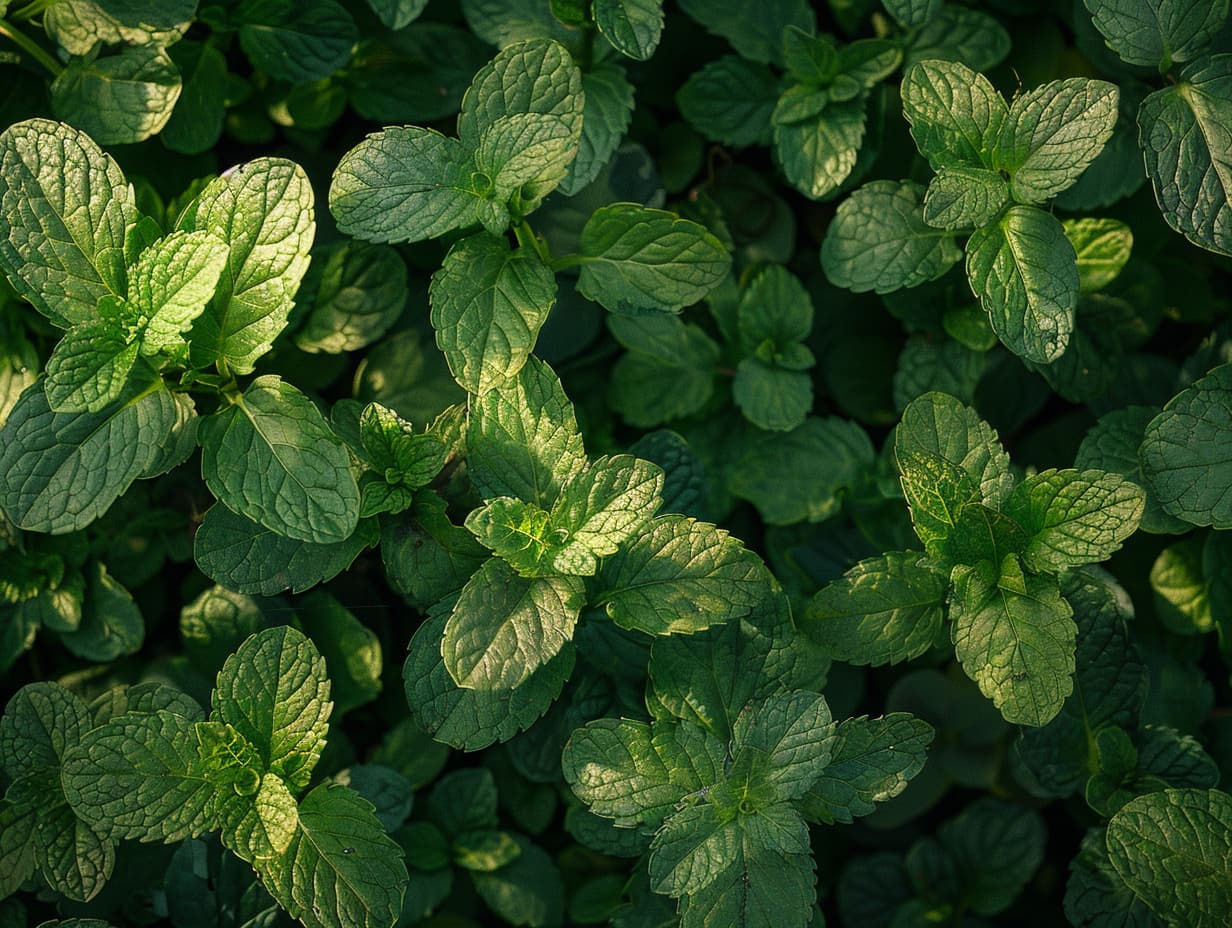
Have you ever dreamt of having an endless supply of fresh mint for your favorite summer drinks and dishes? Well, dream no more! With a few simple tips and tricks, you can easily cultivate thriving mint plants that will keep on giving all season long.
In this blog post, we'll delve into the secrets of successful mint cultivation.
Why Container Gardening Is Key for Mint
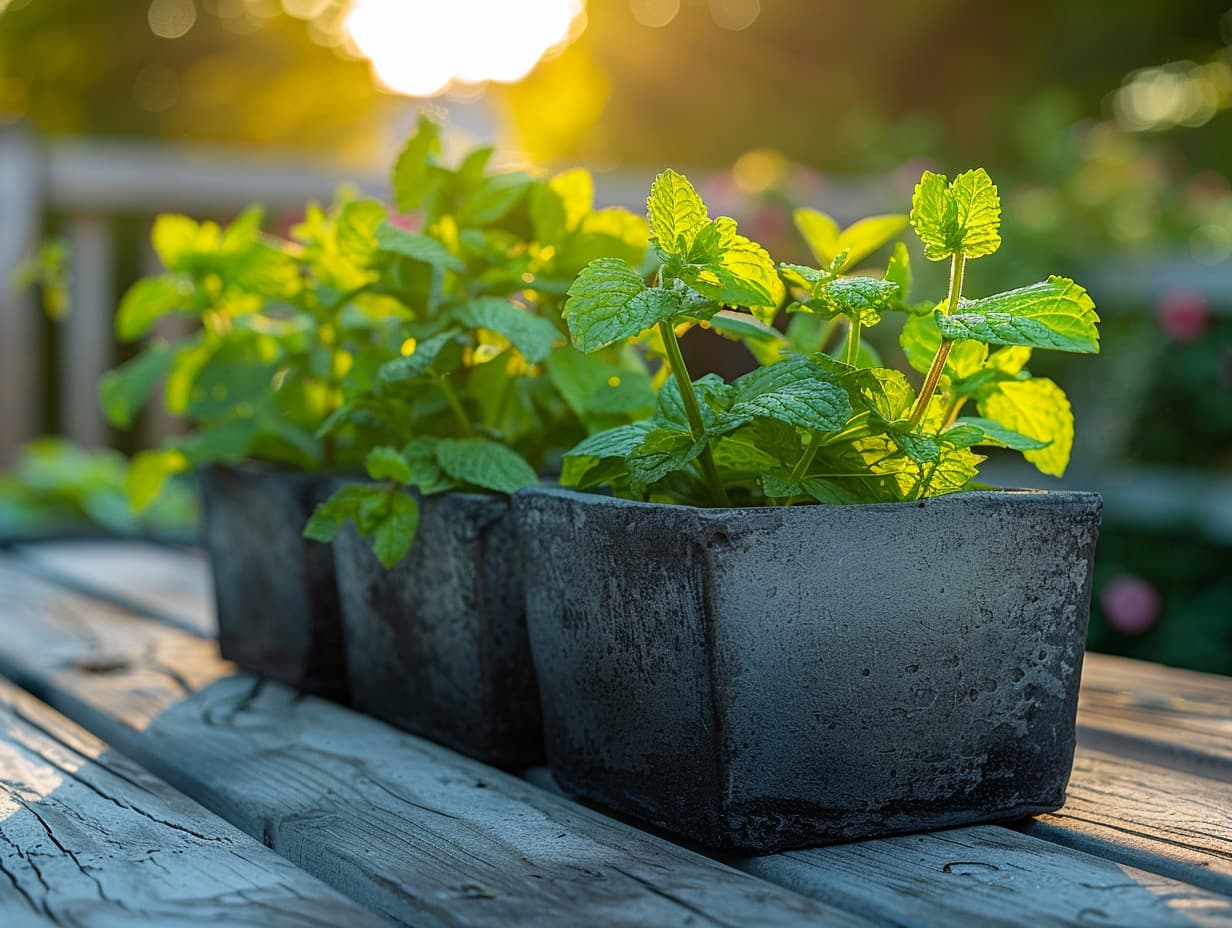
Mint is notorious for its invasive nature. When planted directly in the ground, it can quickly spread and take over your entire garden. But don't worry, there's a simple solution: container gardening!
By growing mint in containers, you can effectively control its growth and prevent it from becoming a garden bully. Plus, container-grown mint remains a happy perennial, returning year after year to grace you with its refreshing leaves.
- Choosing the Right Container
Selecting the right container is crucial for the healthy growth of your mint plant.
Choose a pot that is at least 12 inches in diameter and has good drainage holes. This size provides ample space for the roots to expand and ensures proper drainage, preventing root rot.
- Preparing the Ideal Soil Mix
Mint thrives in well-draining soil with a slightly acidic to neutral pH. A high-quality potting mix combined with some organic compost will provide the perfect environment for your mint.
Avoid heavy clay soils, as they retain too much moisture and can cause the roots to rot.
The Secret to Abundant Mint Leaves
The key to keeping your mint plant producing a constant stream of delicious leaves lies in regular harvesting.
Just like many other herbs, mint thrives on being "pinched back." This means regularly snipping off the top leaves and stems.
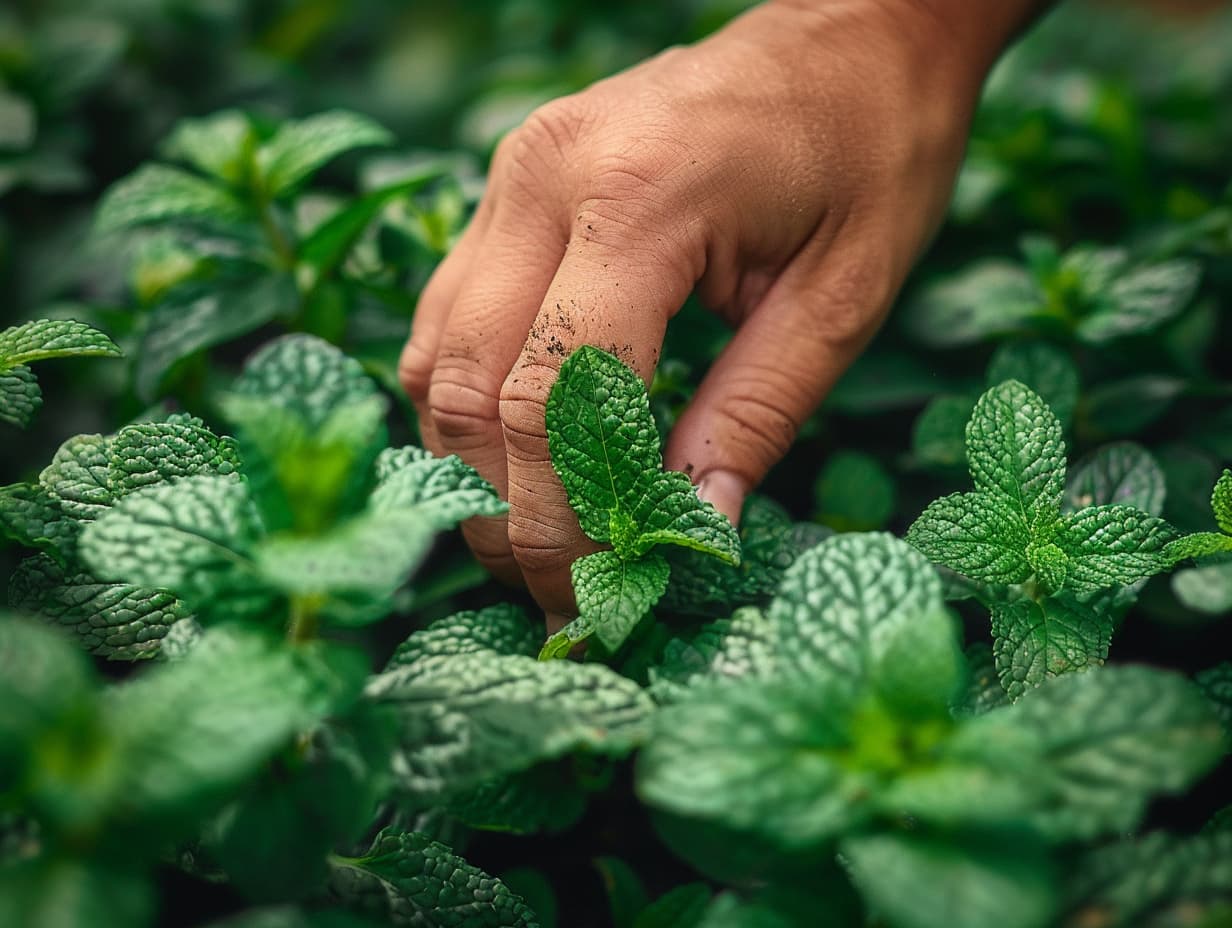
This simple act encourages the plant to branch out, resulting in a bushier growth habit and, consequently, more leaves for you to enjoy.
Remember, the moment your mint plant starts flowering, its leaf production slows down significantly. So, be vigilant and keep those flowers nipped in the bud (pun intended)!
- Proper Watering Techniques
Mint loves water, but it’s important to strike a balance. Overwatering can lead to waterlogged roots, while underwatering can cause the plant to wilt and dry out.
Aim to keep the soil consistently moist but not soggy. A good rule of thumb is to water your mint when the top inch of soil feels dry to the touch.
- Feeding Your Mint Plant
Mint doesn’t require heavy feeding, but a little boost can go a long way. Use a balanced, all-purpose fertilizer once a month during the growing season to keep your mint lush and green.
Alternatively, you can add compost or a slow-release fertilizer to the soil mix at the beginning of the season for a more natural feeding approach.
Harvesting and Enjoying Your Mint Bounty
As you diligently harvest your mint leaves throughout the summer, don't let them go to waste!
Use them to create refreshing iced teas, invigorating hot teas, or add a burst of flavor to your favorite summer salads and cocktails.
- Drying and Storing Mint
If you find yourself with an overabundance of mint, drying is a great way to preserve its flavor for later use.
Simply tie small bunches of mint stems together and hang them upside down in a cool, dry place. Once the leaves are fully dry, crumble them and store them in an airtight container.
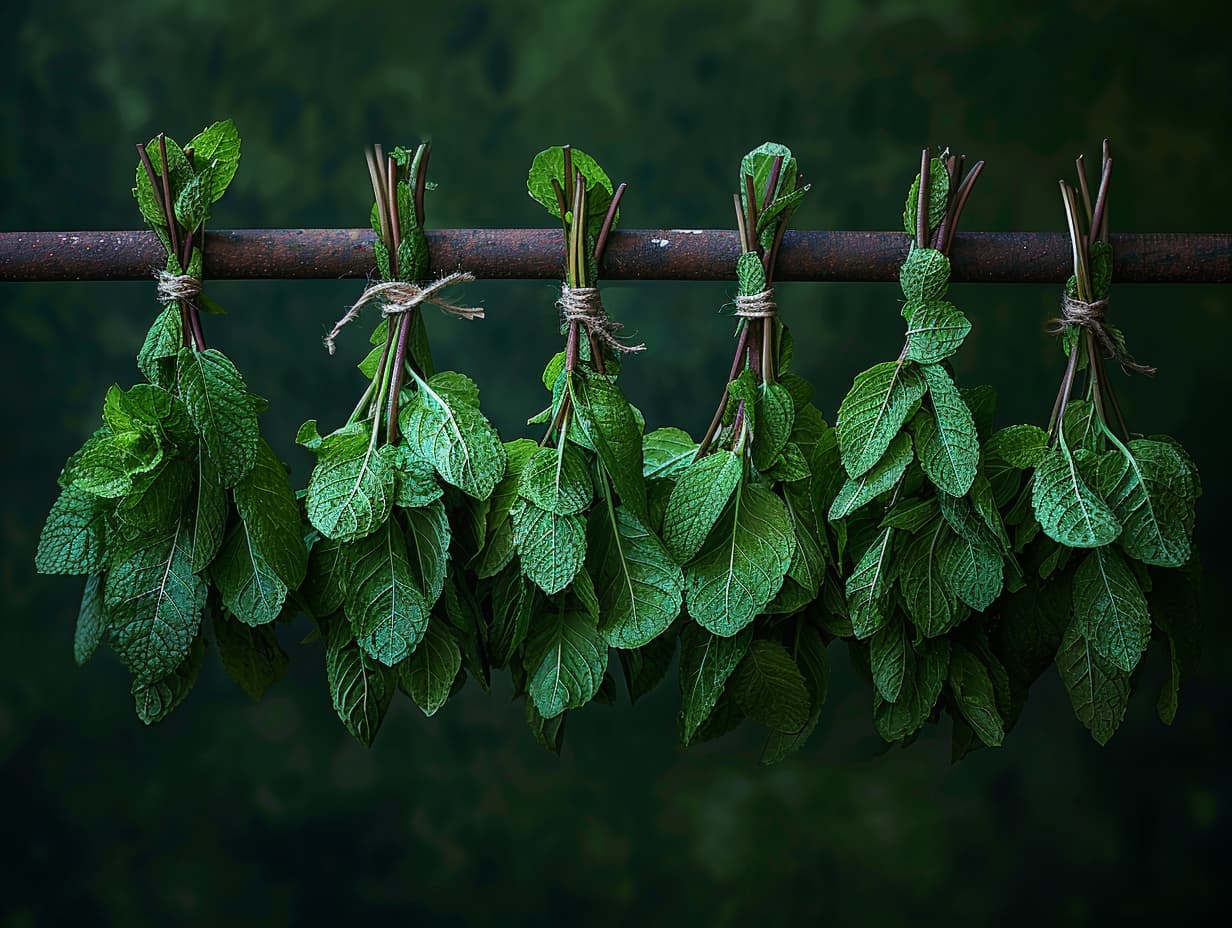
- Creative Culinary Uses
The possibilities are endless when it comes to using fresh mint in your culinary creations.
Mint pairs beautifully with fruits, vegetables, and even meats. Try adding chopped mint leaves to fruit salads, using them in marinades for lamb, or mixing them into yogurt for a refreshing dip. And let’s not forget the classic mojito, where mint is the star ingredient!
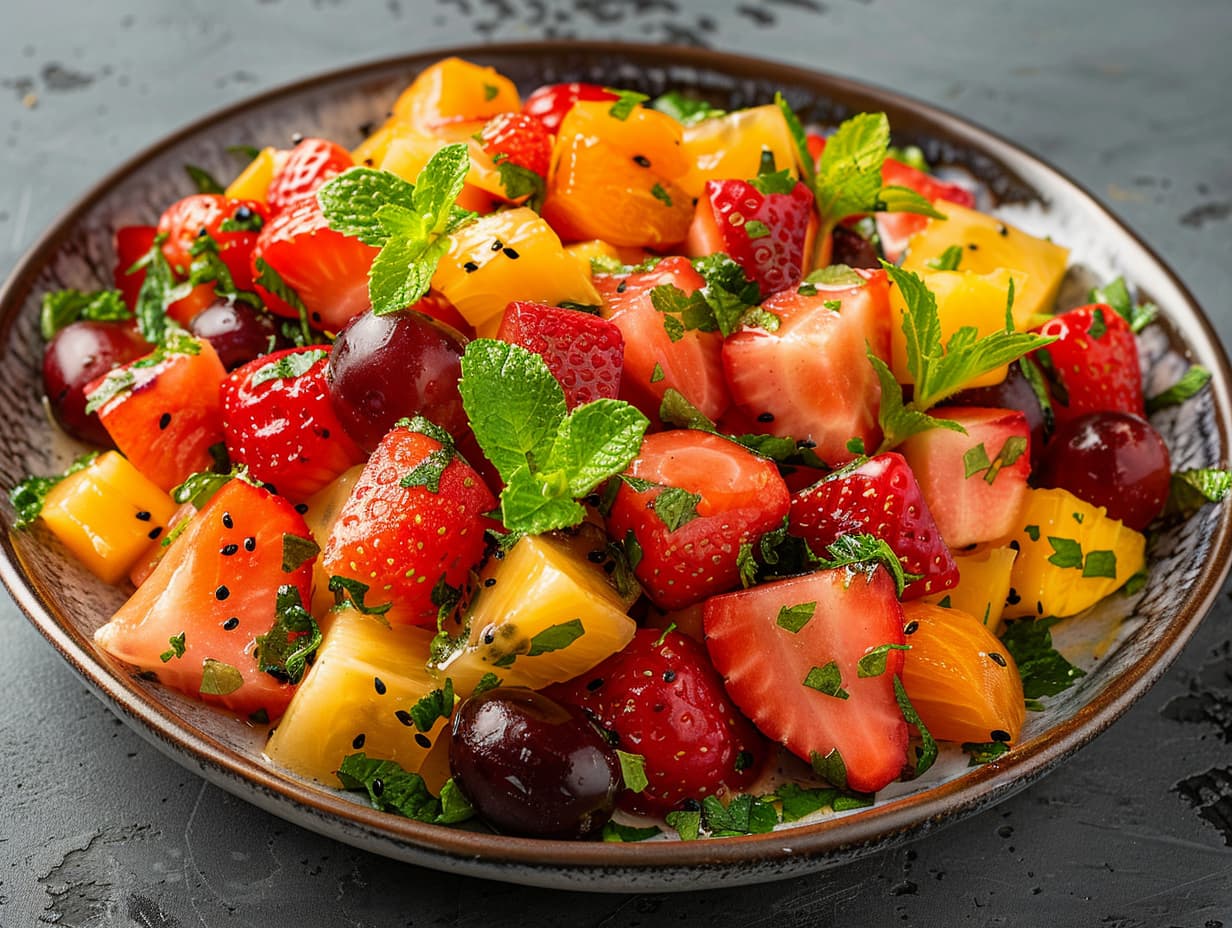
Companion Planting With Mint
Mint can also be a great companion plant in your garden. Its strong aroma can deter pests such as aphids and ants, making it beneficial to plant near vegetables like tomatoes and cabbage.
Just be cautious about planting mint directly in the ground with other herbs or plants, as its vigorous growth can overtake them.
Mint — The Gift That Keeps on Giving
Growing mint in containers is a fantastic way to ensure a continuous supply of this versatile herb. By following these simple tips – container planting, regular harvesting, and preventing flowering — you can enjoy an abundance of fresh mint throughout the summer months.
Mint is not only a delicious addition to your kitchen but also a fragrant and attractive plant for your garden or patio. Its lush green foliage and refreshing scent can enhance any outdoor space. So, what are you waiting for?
Get started today and experience the joy of having your own personal mint oasis!
By embracing these gardening practices, you’ll ensure that your mint remains healthy, vibrant, and productive all summer long, allowing you to make the most of its delightful flavors and benefits. Happy gardening!
